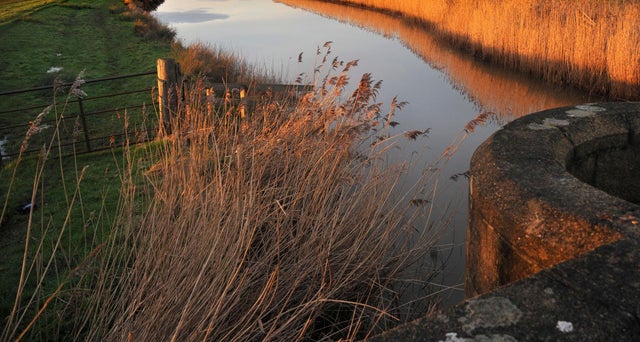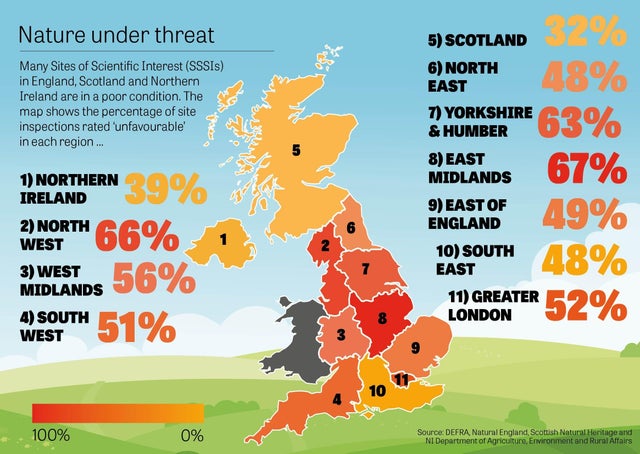The following article reiterates what I have observed and have been saying for years – that many of our Sites of Special Scientific Interest (SSSIs) are in a parlous state. For example, most of the Firle Escarpment has not been inspected for 5 years! Significant areas are now degenerating into bramble and scrub due to poor management by some farmers – ML.
Pevensey Levels ‘at risk’ – new data reveals poor conditions at protected wildlife site.
By Ginny Sanderson, Sussex Express.
Tuesday, 21st January 2020.

More than half of all inspections found poor conditions at the wildlife haven, which is among the country’s precious few Sites of Special Scientific Interest (SSSIs). An investigation has found the protected area is among thousands of beauty spots across the country which are in a poor state and facing unsatisfactory conditions.
The area is home to many rare creatures, and is considered to best site in Britain for freshwater molluscs, including the endangered ram’s horn snail. Extremely rare aquatic plants can also be found in the marshland, which stretches from Bexhill to Hailsham. The 3,600 hectare site is in peril alongside other East Sussex areas Romney Marsh and Rye Bay, and Dungeness in neighbouring Kent.
Many SSSI sites have not been assessed for years, leading environmental campaigners to fear the situation could be even worse. Wildlife charities have branded the findings “shocking”, while the government says it is taking action to restore sites. Paul de Zylva, of Friends of the Earth, said it was “shocking that our top wildlife sites are in such poor condition”.
He said, “If we can’t even protect the jewels in the crown, it’s little wonder that UK nature is in such poor shape. The new government must make the protection and restoration of our natural environment a top priority.” While Nikki Williams, The Wildlife Trust’s director of campaigns and policy, said bodies such as Natural England, which monitor the condition of sites, had been starved of funding.
She called for them to get a substantial cash injection “to enable them to carry out their functions effectively and to ensure our protected sites are restored and enhanced.” In England, SSSIs are inspected in smaller sections called units. More than half of these units (53 per cent) are in an unfavourable condition, inspection data shows.
Guidelines state SSSI features in England should be assessed at least every six years, but analysis by the JPI Media Investigation Unit found more than half (12,394) of sites have not been assessed since 2011. A spokesperson for the Department for Environment, Food and Rural Affairs (DEFRA) said while most of England’s SSSIs were either in a favourable condition or were recovering, they recognised that “more needs to be done to improve these vital sites”.
They said, “England’s Sites of Special Scientific Interest protect our most rare and threatened wildlife and represent the best in nature this country has to offer. While 94 per cent of these are currently in a favourable or recovering condition, we know more needs to be done to improve these vital sites. That’s why we are focusing on restoring those sites that are still in a recovering condition so we can enhance these important areas.”
Investigative reporting by Aimee Stanton of the JPI Media Data Unit.

